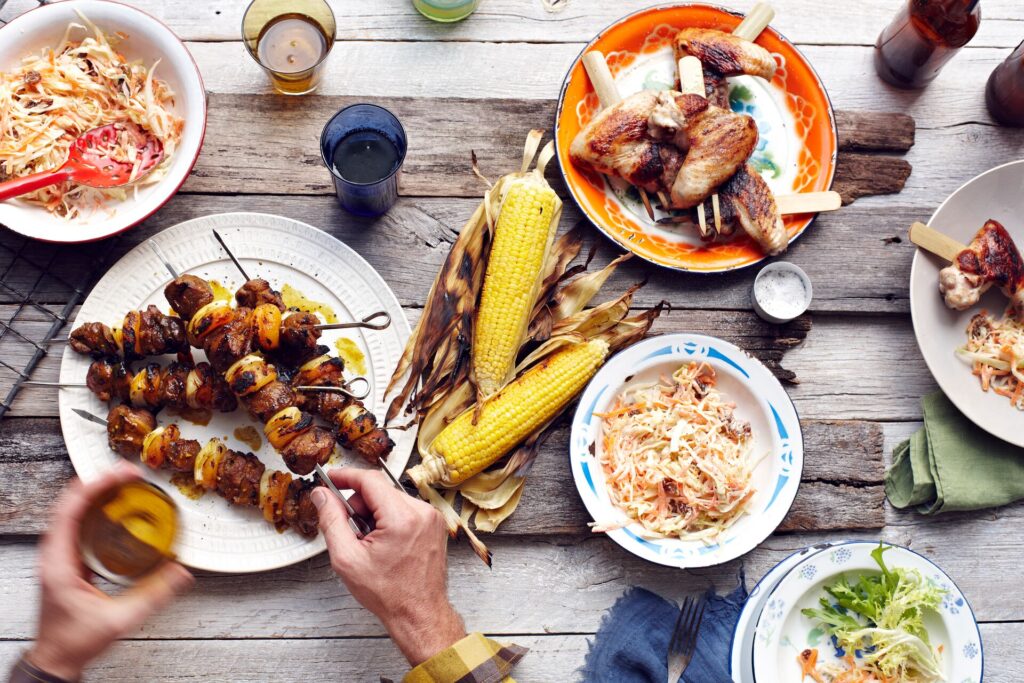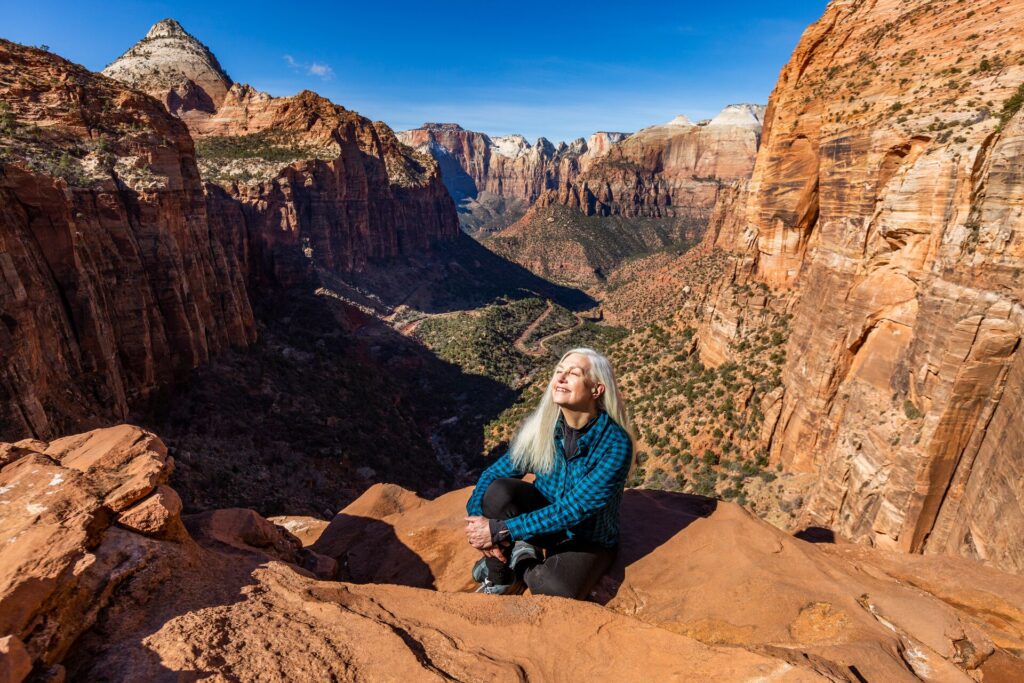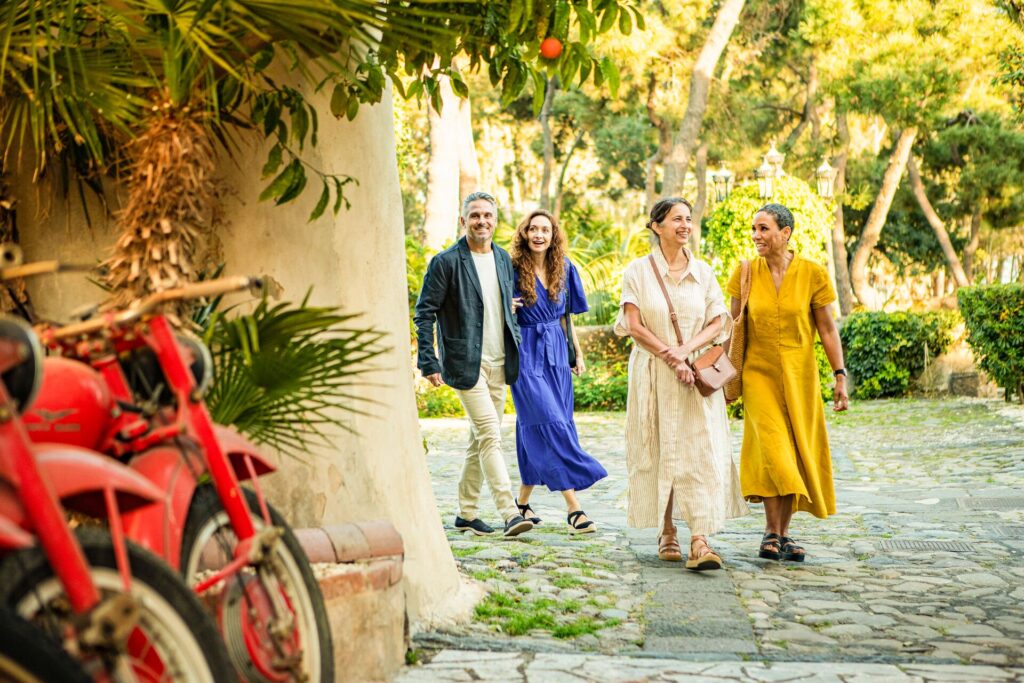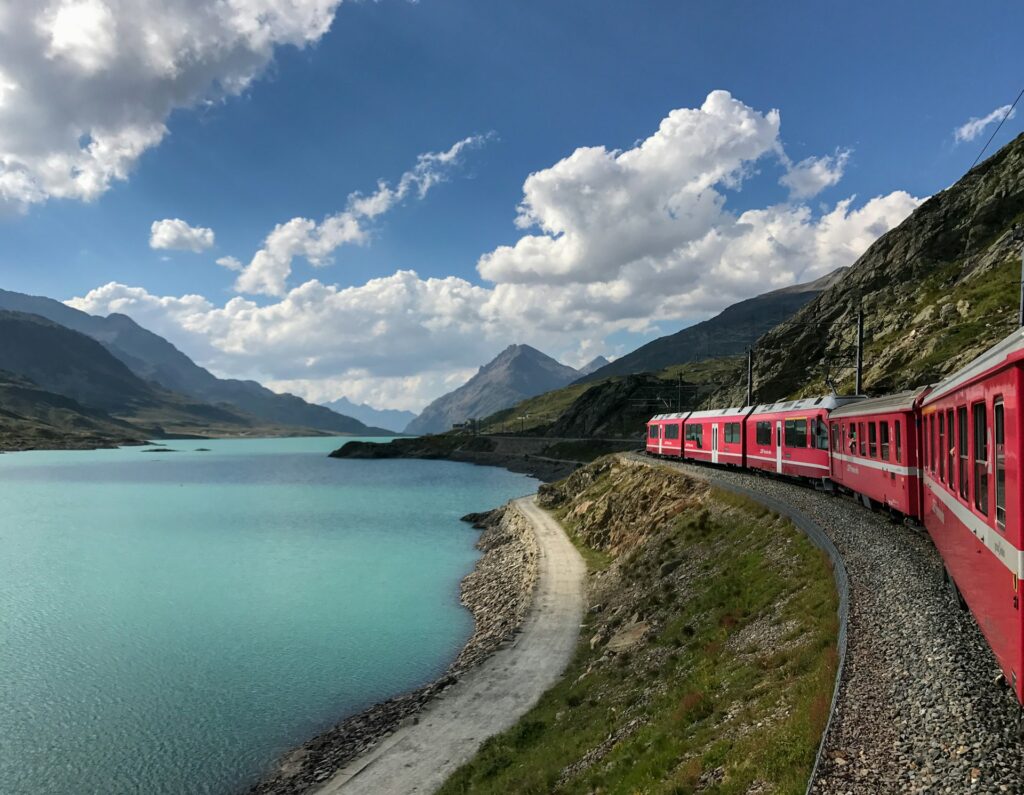Unfamiliar with the history of Mayan cuisine? There’s a good chance that you’ve tasted a bit of Mayan culture over the last week – corn, tamales, avocado, chocolate – these are all foods that we can trace back to the Mayans.
There are differences, no doubt about it. Tamales, for instance, were often reserved for holidays, but today, we can enjoy them as casually as any other fast food dish. Still, some elements of Mayan food, like cacao production, haven’t completely evolved beyond their traditional preparation.
Let’s take a closer look at the history and legacy of the food in ancient Mayan civilization.
A brief history of Mayan cuisine
Sustainable eating may be a trending topic now, but recent research has found that at least one Mayan city in Mexico’s Yucatan Peninsula used sustainable agriculture and forestry methods as far back as 3,000 years ago. Interestingly enough, this evidence points to a unique form of conservation: the Mayans did approach the concept of managing their land from a sustainable perspective yet also modified their farmland so that they could increase the diversity of crops used for food, fuel, medicine, and more.
Once you’ve explored the Mayan communities throughout Central America, check another iconic travel experience off of your bucket-list with a visit to Peru. The Peru with Machu Picchu tour is a 10-day excursion that balances guided tours through ancient ruins with low-impact activities like visits to local distilleries and planetariums.
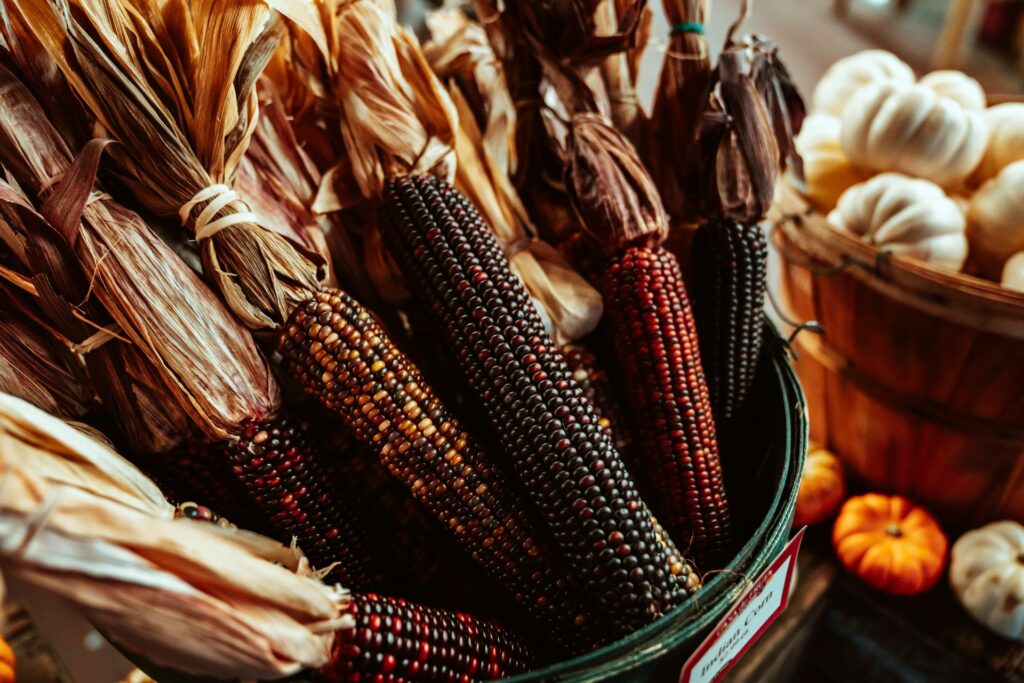
Maize was one of the foundational crops of the Mayan’s culinary history. The versatility of maize was unlike any other crop: it was grown, stored, consumed, and used in an exceptionally easy manner. It was flour, it was fuel. It was made into baskets and eaten whole, it was a building block for so many other Mayan dishes.
Squash and beans were two other strong crops grown. Avocados, sweet potatoes, and cocoa beans were also grown. What made the Mayan’s food production significant was their ability to leverage their farms to produce as many different types of crops as possible at a consistent rate.
The importance of agriculture in Mayan society
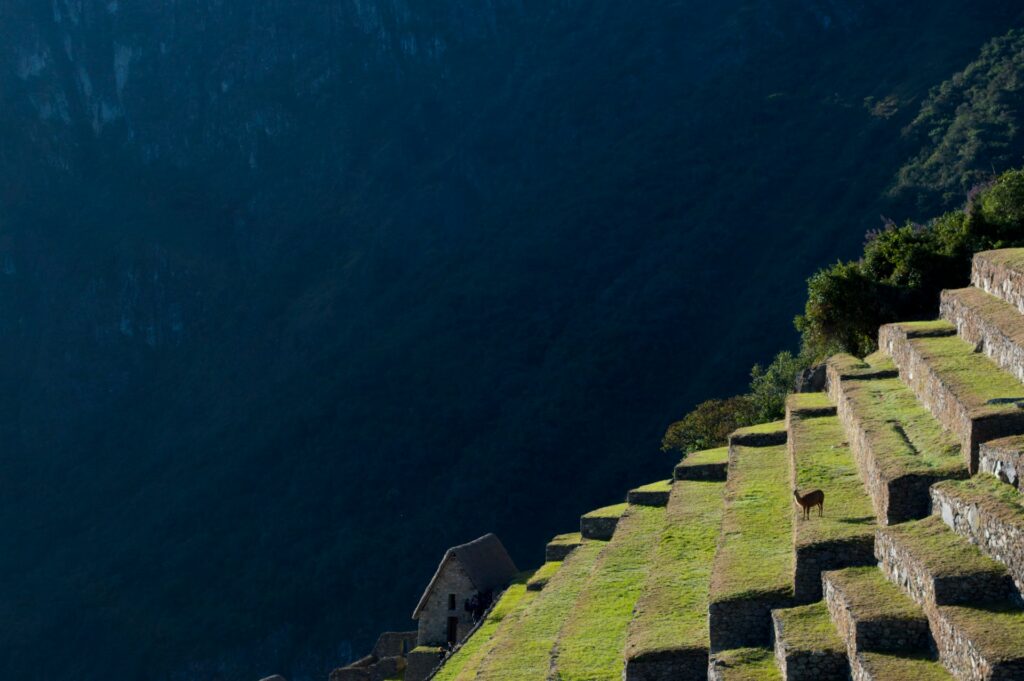
The early history of the Mayan civilization saw their ancestors act as hunters and gatherers. While this may be effective in some contexts, the dense and wet rainforests of Central America were much less suited for such a strategy. That’s why the ancient Mayan civilization relied so heavily on agriculture as a primary means of food production. There are four key techniques they used to keep their crops plentiful:
Raised bed farming, which involved creating raised soil mounds in swampy areas so that seeds wouldn’t get oversaturated with water. They’d weave mats from leaves to place on these mounds so that they could plant seeds in more hospitable soil.
Slashing and burning, which involved abandoning sections of farmland temporarily after its soil was damaged. They’d then return to the section years later, cut and burn all vegetation that grew, and start a new planting cycle on the fresh soil.
Water reservoirs and filtration, which involved storing rainwater and purifying it through rocks.
Terrace farming, which involved creating small elevated terraces with ledges that would trap water for crops that needed constant hydration.
A simple approach involving conservation, combined with complex agricultural practices, allowed the ancient Mayan civilization to produce the food, medicines, and resources they needed to sustain their communities and environments for centuries.
Learn more: Where to Sample the Best Chocolate in the World
Mayan recipes you can still try today
Poc Chuc in Mexico
View this post on Instagram
Kak’ik in Guatemala
View this post on Instagram
Caldo de Pollo in Belize
View this post on Instagram
